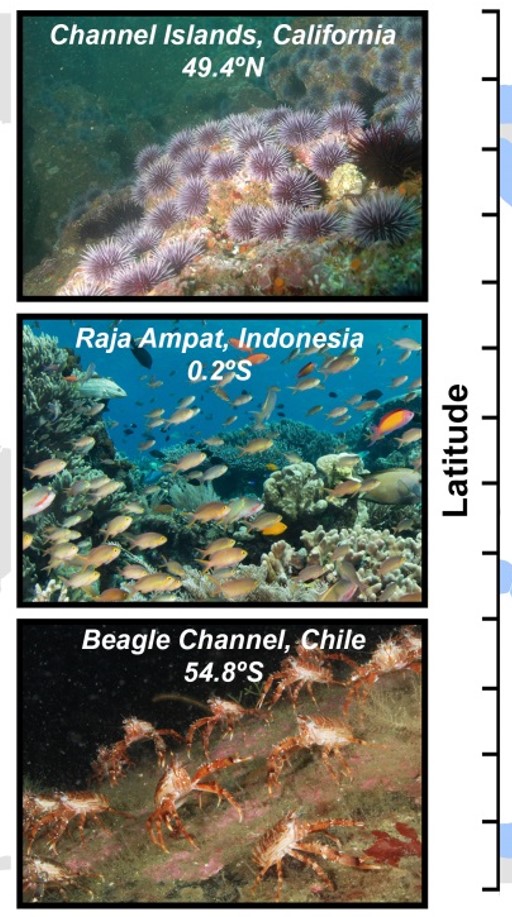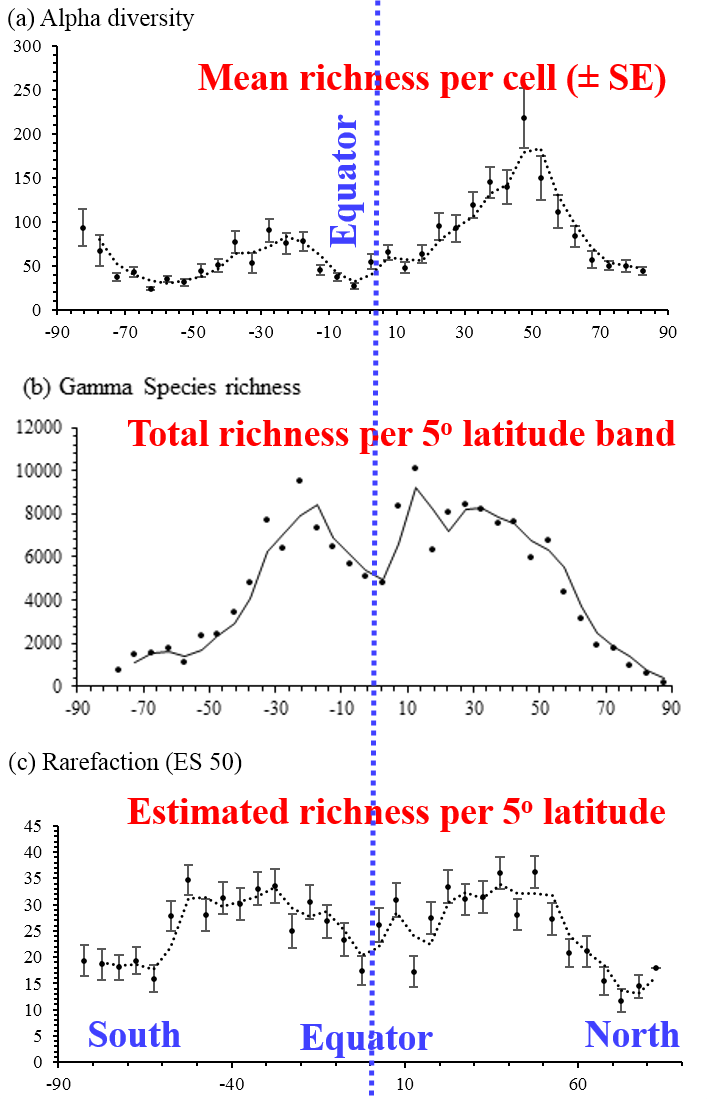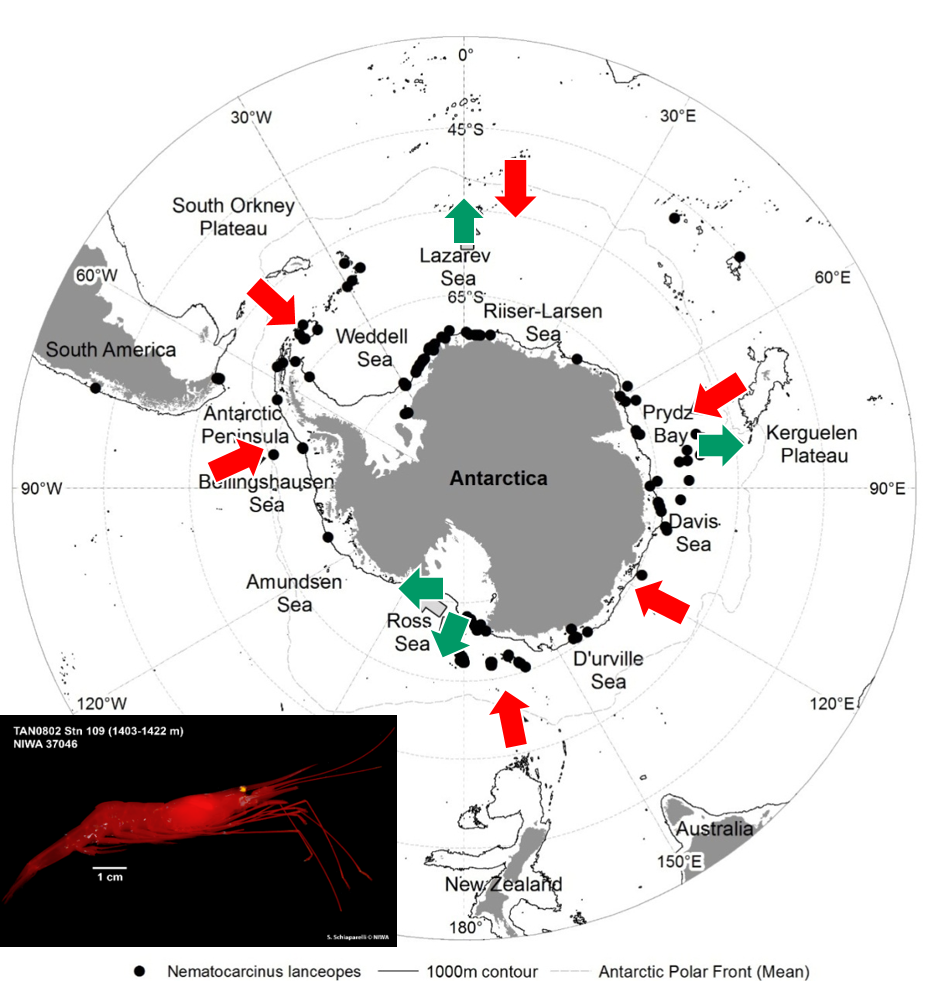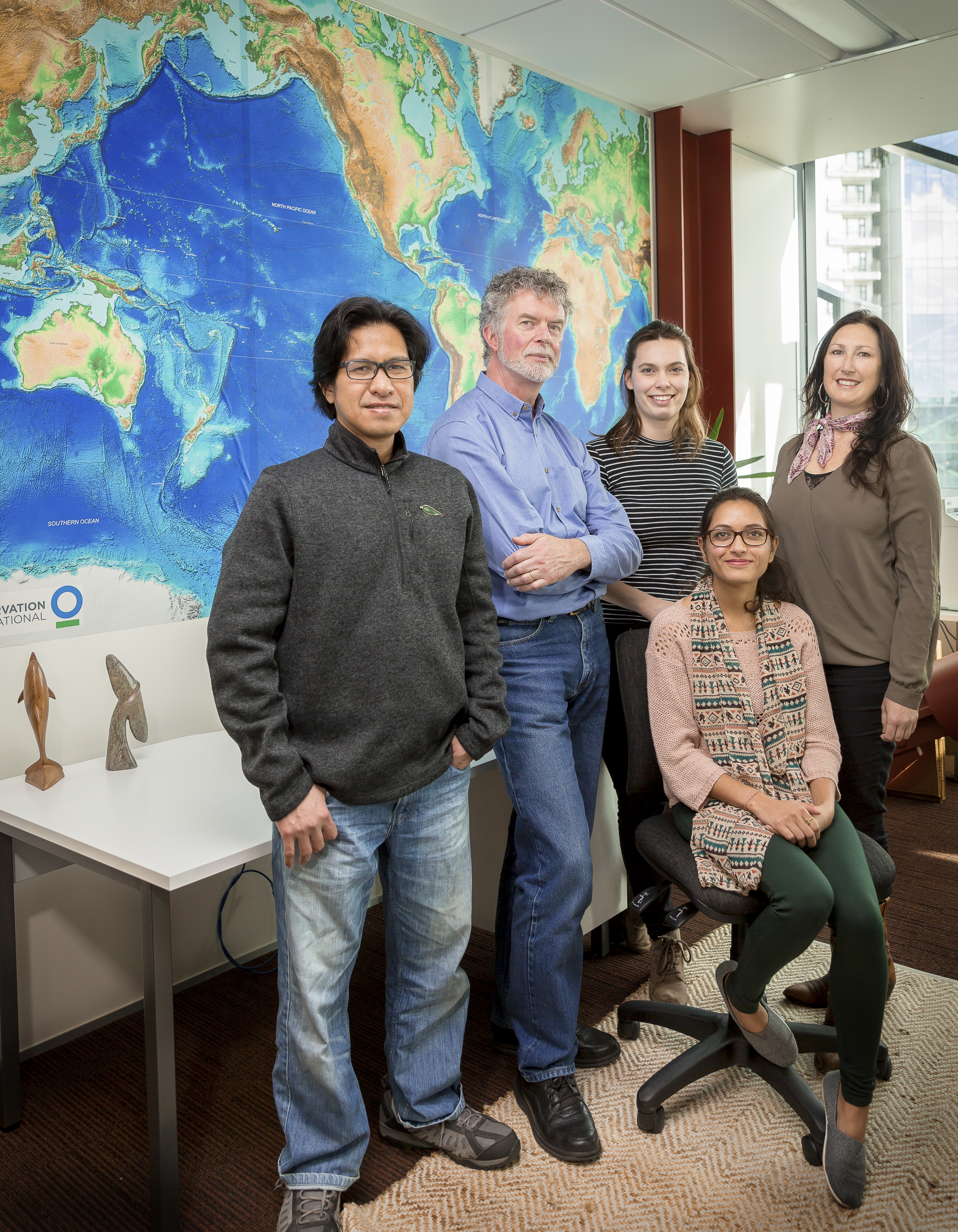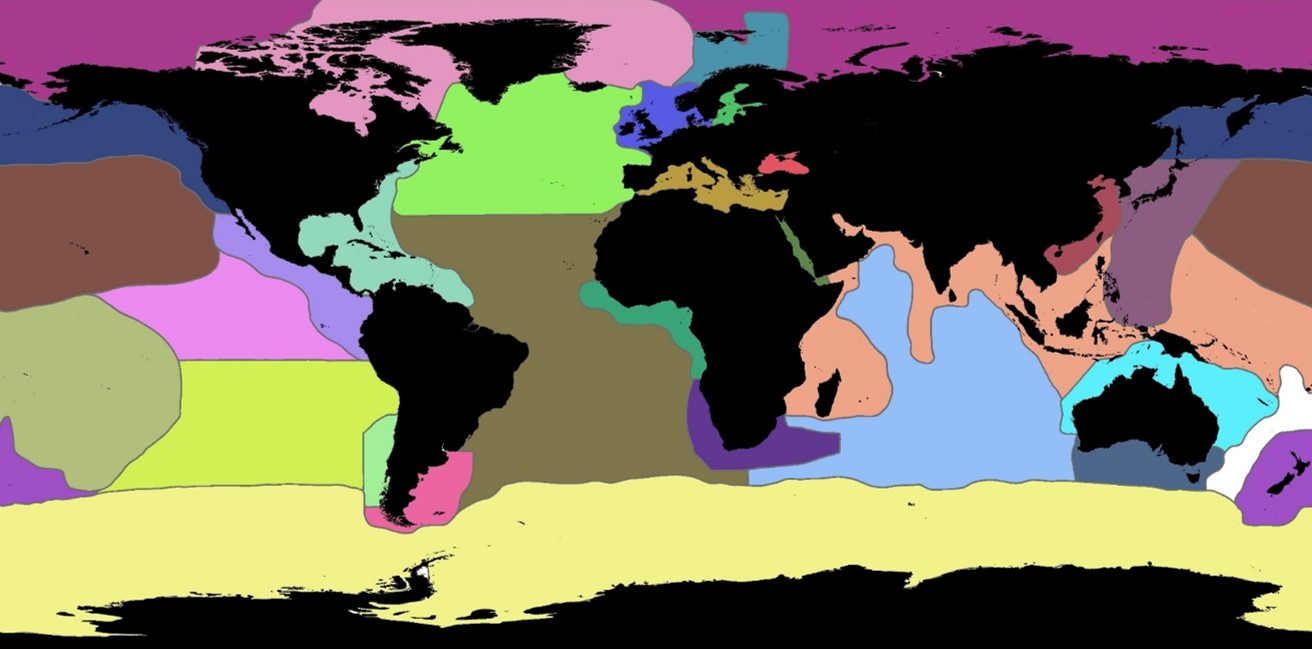
World map of marine biogeographic realms
We have published the first world scale map of marine biogeographic realms based on empirical data analysis of the distribution of 65,000 species (Costello et al. 2017). Realms are geographic areas with a high proportion of species that only occur within them (i.e. endemic species). They represent the biogeographic consequences of speciation and dispersal of
